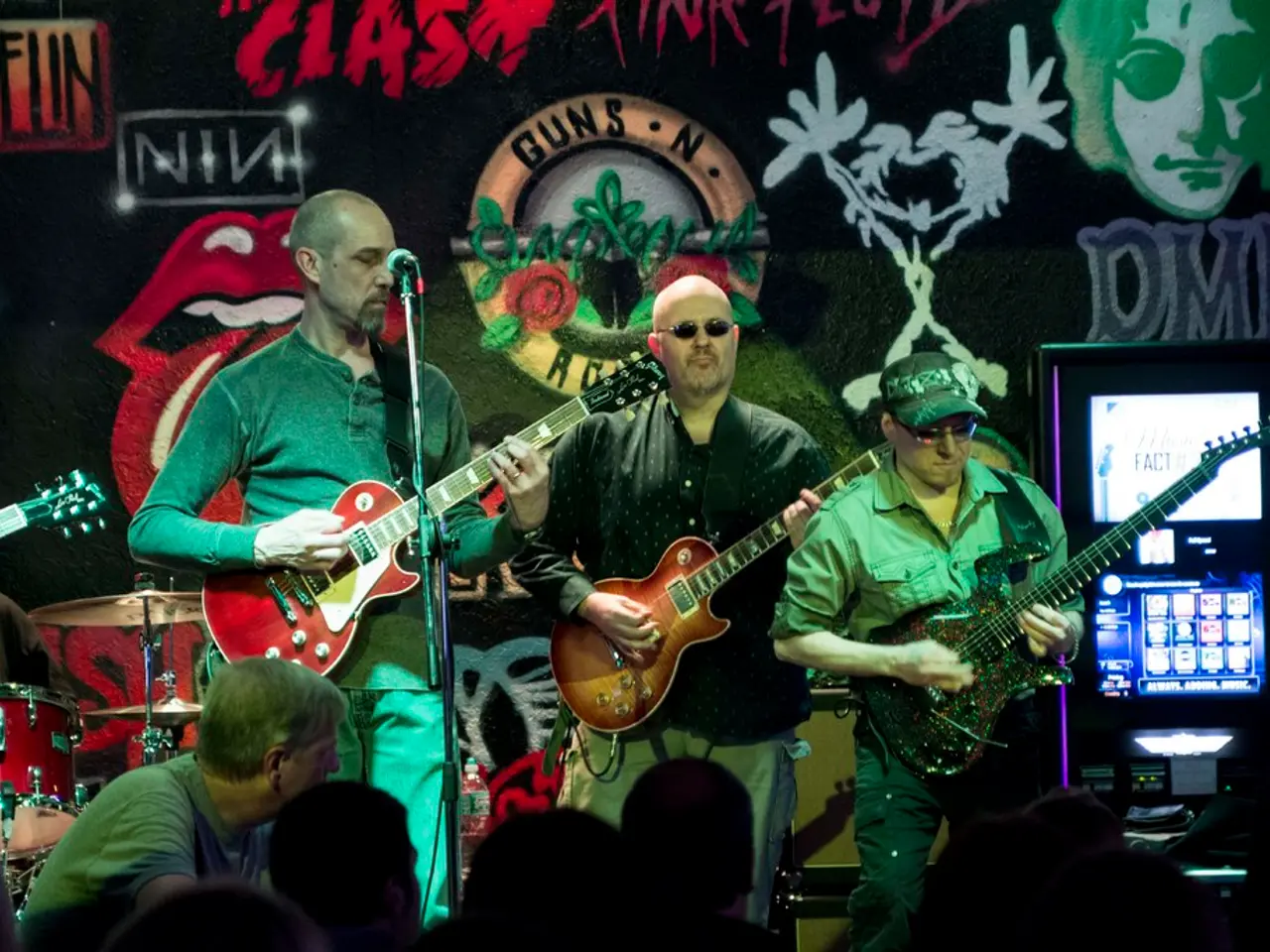Unlawful Soundrevolution: The Unauthorized Album That Reshaped Music Permanently
Unauthorized Bootleg Recordings Shake Up the Music Industry in the Late 1960s and Early 1970s
In the late 1960s and early 1970s, the music industry was rocked by the emergence of unauthorized bootleg recordings. These illicit recordings, which included live concerts, studio sessions, and unreleased tracks, were widely circulated among fans but were not sanctioned by the artists or record companies.
The legal implications of these bootleg recordings primarily involved violations of copyright law and unauthorized distribution of recorded performances. Under U.S. intellectual property laws, these activities were considered illegal, infringing on the exclusive rights of copyright holders to reproduce, distribute, and publicly perform their works.
Record companies and artists could seek legal remedies against artisans and vendors distributing unauthorized copies. However, enforcement was often limited due to the novelty of the bootleg market and the underground nature of the sales. As bootlegging grew in size and impact, record companies increasingly used litigation and raids to suppress bootlegs.
Bootlegs often affected artists’ control over their creative output and revenues. While some fans valued bootlegs as rare recordings, they undermined official releases and profit, leading to greater legal scrutiny.
The scale of bootlegging during this time contributed to later changes in copyright law, including provisions under the 1976 Copyright Act and subsequent amendments that tightened protections and enforcement mechanisms.
In 1971, the 92nd Congress of the United States passed an updated copyright law regarding sound recordings, but it only protected newly published recordings commercially released on or after February 15, 1972. The revised U.S. copyright laws covering sound recordings, which finally complied with the older and stricter Berne Convention copyright laws on sound recordings, was not ratified by the U.S. until 1974.
Despite these new laws, it was not illegal in the United States to record a live concert, acquire an unreleased recording of music, or produce and sell a record from the same live recording or acquired tape at that time. The album "Great White Wonder," featuring unreleased Bob Dylan tracks, became a massive underground hit in 1969, opening the floodgates for more records with unreleased songs and tracks by favorite music icons.
Some artists admired the bootleggers, while others hated them with a passion. Some artists even enjoyed hearing their own live performances through the bootlegs. The existence of these bootlegs led to more money trickling down for everyone involved in the music business than was ever lost.
Despite the legal challenges, bootleggers like Pigman and TMQ continued to operate, with Pigman announcing his departure from the scene by the end of 1974. Information about the new copyright laws was sent to all wholesale bootleg accounts to clarify any doubts that might have existed before. However, Pigman and TMQ argued that their bootleg recordings were not unlawful because they did not copy legitimate sound material available through normal channels.
In conclusion, the primary legal implication of bootleg recordings during this era was that they constituted copyright infringement, subjecting their makers and distributors to potential civil and criminal penalties under U.S. law. However, the underground nature of the bootleg market and the lack of formal enforcement early on allowed these recordings to thrive, shaping the music industry and the way fans consumed music.
The rise of unauthorized bootleg recordings in the late 1960s and early 1970s also saw the emergence of a burgeoning gray area in technology, as the layering and distribution of music required sophisticated instrumentation and skills, some of which were unregulated. Additionally, with the emergence of home recording devices and the proliferation of cassette tapes, entertainment shifted towards DIY productions, with many fans taking advantage of technology to produce their own copies of unreleased music, adding another layer of complexity to the music industry dynamics during this period.




